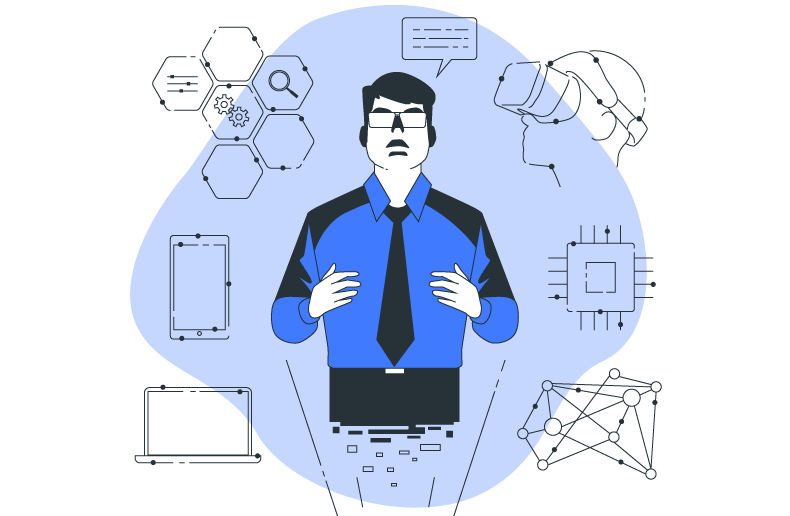Listening to Kevin Strain, president and CEO of Sun Life Financial discuss the company’s four pillar strategy, you might be left with the impression that the strategy and some of the company’s priorities are undergoing a shift.
A reordering of those pillars when he is discussing them – they are to be a leader in global asset management, in insurance and wealth solutions in the company’s Canadian home market, in U.S. group benefits, and to be a leader in Asia by focusing on distribution excellence in higher growth markets – today reflects that nearly 50 per cent of the company’s income is now derived from asset management.
“We’re not an insurance company. If you look at Sun Life, we’re an asset management and an insurance company,” he told those gathered for the KPMG 30th annual insurance conference, Reimagining Insurance, held in November 2021. In the discussion, Strain shared the company’s priorities, discussed sustainability and what it means to really be a digital company. In answering questions, he also discussed the impact rising rates could have and how it is dealing with cyber security.
The company, he says, is driven to become a global leader in both public and alternative asset management. “There’s not a lot of global insurance companies that have the asset management footprint we have. I would (also) argue there’s probably no global asset management companies that have the insurance footprint.”
“Our ambition is to be one of the best asset management insurance companies in the world,” he adds. “I purposely put asset management at the start of this because it is a big piece of where we’re going.”
Client impact, meanwhile, is at the centre of the company’s strategy. Its purpose? To help clients achieve lifetime financial security and live healthier lives, Strain says.
“For me, our purpose was never more important than in the past 18 months,” he told those gathered for the virtual presentation. “We love our purpose but are clients actually getting healthier lives? Are they actually getting financial security? That’s what we now have to start measuring more often.”
The last 18 months have also been a time of great change where clients and advisors alike were driven to adopt technology tools, giving momentum to Sun Life’s push to become a digital company.
Digital leadership
Strain says the company’s digital strategy has four components: the tech stack, modifications to the company’s operating model, client journey planning and then the effort to think and act like a digital company when building client relationships. “We’re gathering data. We’re understanding them (clients) and their needs and then we’re feeding back to them. Digital leadership has a few different aspects to it,” he says.
“What COVID did is it pushed us to go faster. But, even more importantly, it pushed clients and advisors to adopt the tools that were there but that they weren’t necessarily using,” he adds. “We were actually already starting to use Zoom for some meetings between advisors and clients, but it wasn’t widely used. One of the real silver linings from COVID has been that adoption of those digital tools.”
Part of the client journey, then, is the time Sun Life takes to gather information about them before then giving clients nudges, information, plans and solutions. “Creating this digital relationship, thinking and acting like a digital company is a priority,” he says.
As for the company’s operating model, he says the business is being brought closer together to work in a more agile way. Decision making is being pushed down, closer to the client, and the company is focused on smaller deliverables that are delivered more often.
“In the past, the insurance industry was famous for bringing out a product once or twice a year, taking 12 months, even sometimes longer to create the product. We need to get much, much quicker and much closer to the client,” he says. “So, we’re changing our operating model, looking and acting more like a digital company, and investing in our capabilities,” he adds, including the company’s technology stack. “I personally believe every company is going to get driven in this direction,” he says of the required investment in technology.
Sustainability, ESG and climate change
Depending on where you are, Strain agrees that sustainability and environmental, social and governance (ESG) issues are often seen differently by different stakeholders. That said, even in locales where sustainability was not discussed very often in the past, the topic is being talked about more and more today.
“If you look at what’s happening with our employee base, they’re all talking about it,” Strain says. “In fact, when we talked about strategy and making sustainability part of our strategy, the element that got the most support, even more than digital, from the Sun Life executive team, was sustainability,” Strain says. “Sustainability is obviously a huge topic today. Our people are asking about it, our clients are asking about it, our communities are asking us about it.”
Sustainability, he adds, is a massive part of the company’s asset management strategy. Going forward he also expects there will be significant job growth opportunities in the area of climate change. “I think our commitment to it and our culture are going to be important for us attracting that talent as well,” he says. Without such a commitment, he adds, “your clients, your people are not going to be supportive of you in the way that you want them to be. Sustainability is really core.”
Although he says the company has been recognized for its approach to sustainability, he adds that the hurdle rates will be getting higher in the future. It’s approach, he says, making sustainability a core tenet, has positioned the company well. In making decisions, for example, he says executives now need to consider their decisions from a sustainability point of view, in addition to seeing the issue from a profitability point of view, and through the lens used by the company’s shareholders.
“I ran investor relations for Sun Life between 2005 and 2007, almost two years. I got asked an ESG question one time. Sustainability and ESG, one time. My first two years as CFO in 2017 and 2018, maybe even into 2019, maybe once or twice a year as I was asked about sustainability and ESG,” he says. “Every meeting I’ve had in the last 12 months talks about it. It’s clearly important.”
Rising rates
Although companies have learned to work in a low interest rate environment, meanwhile, it is not necessarily the best thing for the insurance industry, he says. “I think, from an insurance perspective, slowly increasing interest rates is the best thing for the industry. It supports the long-term nature of our liabilities and how we think about assets. We’ve been able to pivot to alternative asset management classes and we’ve done really well.” He adds that the balance of asset management and insurance that the company is striking is also important.
Although it is hard to say what will happen next, he says inflation will likely run a little higher before finding its own level. Interest rates too will run a little higher than they have. “But there’s not a lot of incentive for governments to have higher interest rates. They’re running big deficits.,” he points out.
“We don’t bet on which way interest rates are going to go,” he says, but adds “if they do go up, we’re not in a bad position from a balanced perspective.”
Cyber security
Finally, he says cyber threats are a real concern that every CEO in the industry is thinking about. “Every industry is seeing more and more and more threats. The first thing you have to do is get your foundation right,” he says. “The bad actors that are targeting companies and individuals are looking for the easiest ways in. If you don’t have your foundation right, you’re the easiest way in.”
In addition, he says it is necessary to train people well. “I think as an industry, and even broadly outside of our industry, I think we also have to find more ways to share information on what’s happening so we can all protect ourselves against it. There are forums to do that,” he says. “I think that sharing and working collectively to beat the bad actors is really important.”


















